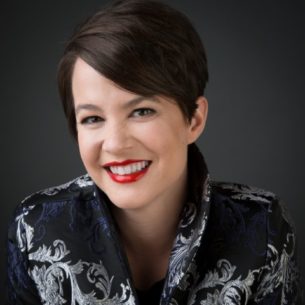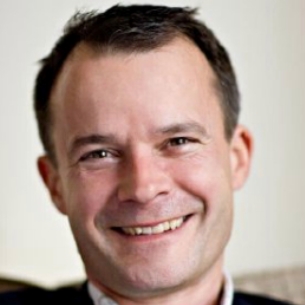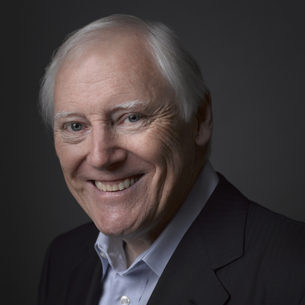I would like to welcome to the blog: guest author, Marsha Egbert.
Marsha is manager of Organization Development at ALLDATA and has consulted with Belbin North America. She has more than 25 years of experience aligning human capital with business needs for profitability, serving as a Human Resources Director, an organization development specialist, and HR generalist in diverse industries such as technology, consumer products, industrial manufacturing, and customer relations and support. She has been a key business partner, change agent, and
facilitator in environments undergoing start-up, rapid-growth, domestic/international market expansion, mergers and acquisition), as well as turnaround, financial restructuring, and operational consolidation/downsizing.
Belbin Case Study: Leadership Development
by Marsha Egbert, Manager of Organizational Development, ALLDATA
Pete had a meteoric career in realty, quickly rising to the top and staying there for a number of years. Another company recognized his success by offering him the chance to manage real estate sales in one of its regional divisions. Pete jumped at the chance for career advancement. He approached his new job with enthusiasm, eager to prove himself an able leader.
Unfortunately, things didn’t go well at first. After a few months, his division had fallen to having the worst sales performance of any in the company. Because Pete’s total compensation was heavily tied to the division’s sales performance, he was now making less than half of his income at his previous employer.
After going through Belbin Team Role training, Pete realized that he had been equating “leadership” with the Coordinator role — which was one of his weakest areas. He had far too short an attention span, did not really enjoy detailed follow-up, and tended to dominate meetings. That was why his team was constantly behind and people felt they weren’t given a chance to contribute.
One of Pete’s first moves after studying his Belbin profile was to hire a strong Coordinator as his second-in-command. With that person in place, Pete focused more on what he did well: connecting with resources and opportunistically pursuing new leads (behaviors typical of the Resource Investigator role). In a remarkably short time-frame, his team made a complete turnaround, becoming the most successful division in the company (and ultimately doubling profits within six years).
Commentary:
We all know that a group’s performance is usually closely linked to the effectiveness of its leader.
Chances are pretty good that if teams or even entire departments or functional areas in your company are under-performing, there will be mismatch between the needed leadership skills and the leader’s actual team role strengths. In some cases, it may be necessary to replace the leader. But as this case study illustrates, that is not always needed. Rather, knowing a leader’s team role strengths and weaknesses allows you to develop a plan for compensating for the weaknesses – and the entire work area can benefit.
This post is an excerpt from a white paper, New Directions for Human Resources: A two-part series presenting new ideas for meeting the HR challenges of today.
Part 1: Team Role Theory: A discipline to help HR become the solutions provider that organizations are demanding.
Part 2: The Power of Self-Discovery: How to create high performance individuals, work teams, and organizations through experiential learning.
If you’re interested in finding out more:




